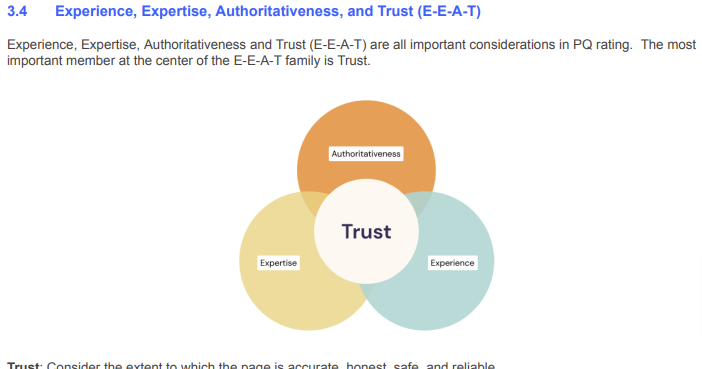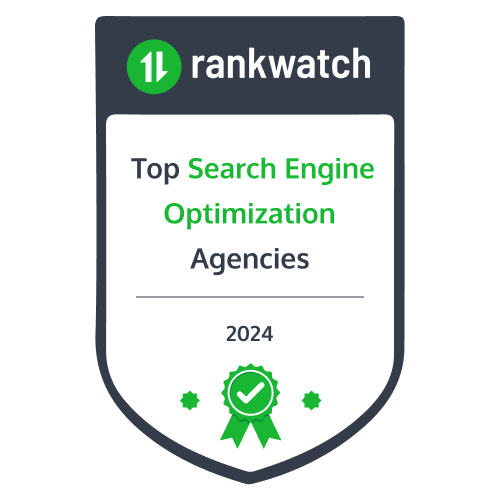TravelSmart Airlines: SEO Optimization Case Study
Client Overview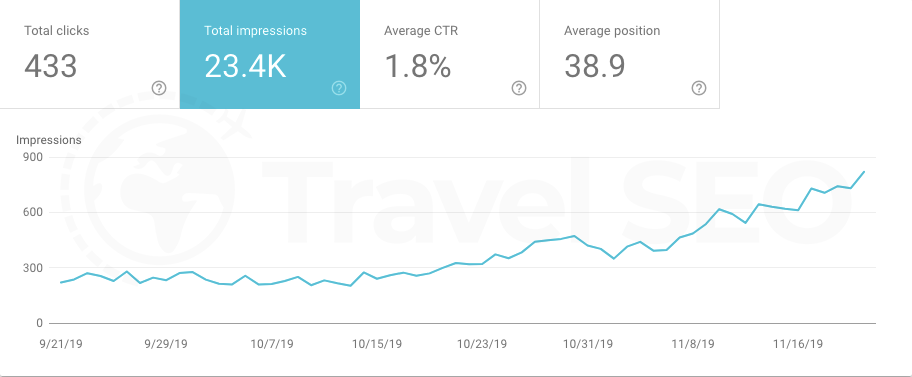
TravelSmart Airlines, a mid-sized online travel booking platform, approached us to improve their organic search visibility and ticket sales.

Initial Challenges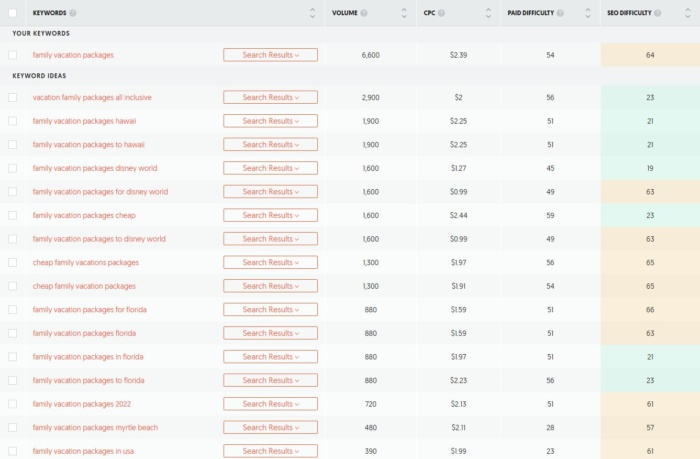
- 45% YoY decline in organic traffic
- 2.3% conversion rate
- Average position 8.4 for key flight route terms
- Poor mobile performance (4.2s load time)
Algorithm Volatility
Search engines constantly update their algorithms, making ranking stability difficult to maintain. This is even more so for extremely competitive niches like travel where thousands of competitors keep popping up trying to siphon off traffic from right under your nose.
Google’s core updates can dramatically affect website rankings overnight. Businesses must stay agile, monitoring metrics daily and adjusting strategies based on performance data.
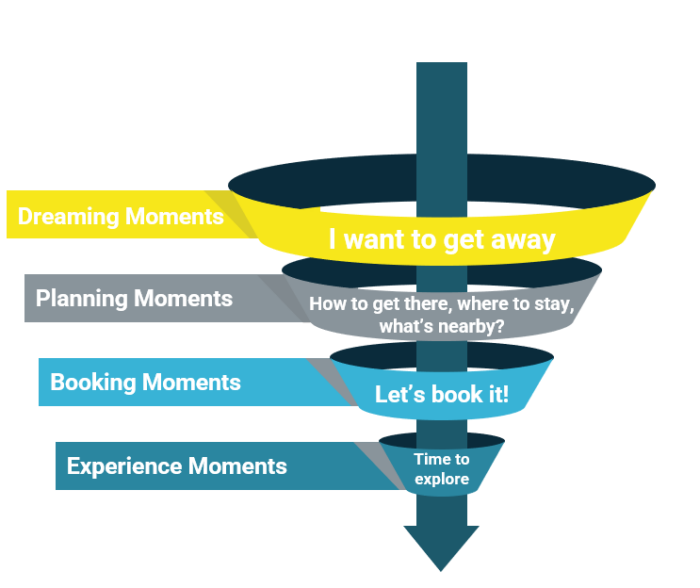
Content Quality vs. Quantity
While search engines demand regular content updates, maintaining quality at scale proves challenging. Companies struggle to create engaging, relevant content that serves both user intent and search algorithms. The rise of AI-generated content further complicates this balance, as search engines become better at detecting automated material. This is even more complicated for travel sites who with algorithmic seo maintain hundreds of thousands of programmatic pages that are difficult to maintain and scale up.

Mobile-First Optimization
Despite mobile traffic dominance, many websites still struggle with mobile optimization. Issues include slow load times, poor responsive design, and content not optimized for mobile viewing. Studies show that 53% of mobile users abandon sites that take over 3 seconds to load.
Technical SEO Complexity
Modern websites face numerous technical challenges:
- JavaScript rendering and indexing issues
- Complex site architectures affecting crawl budget
- Core Web Vitals optimization
- International SEO requirements
- Progressive Web Apps (PWAs) implementation
Voice Search Optimization
The rise of voice-activated devices creates new optimization challenges. Voice queries differ significantly from typed searches, requiring natural language optimization and featured snippet targeting. By 2024, voice commerce sales are projected to reach $30 billion.
Local SEO Management
Businesses with multiple locations face challenges maintaining consistent NAP (Name, Address, Phone) information across platforms. Google Business Profile optimization requires constant attention to reviews, updates, and local content relevance.
What’s more is that 76% of consumers that look for something local on Google generally visit the store that day itself.
It’s clear that local searches are a big deal in SEO and if you can get your business on the top of local searches you will be getting leads and customers in no time.
The ranking signals for local seo are comparatively different from that of traditional SEO.
These are the unique signals in question:
- Location the person searches from
- The NAP citations
- Google business profile listing
- Keywords in the Google business profile
- Online review sentiments
- Keywords in online reviews
- Number of check-ins per location
- Social media shares
- Google maps star ratings for the business
“Barber Boston”, Google has a Map Pack at the very top of the results.
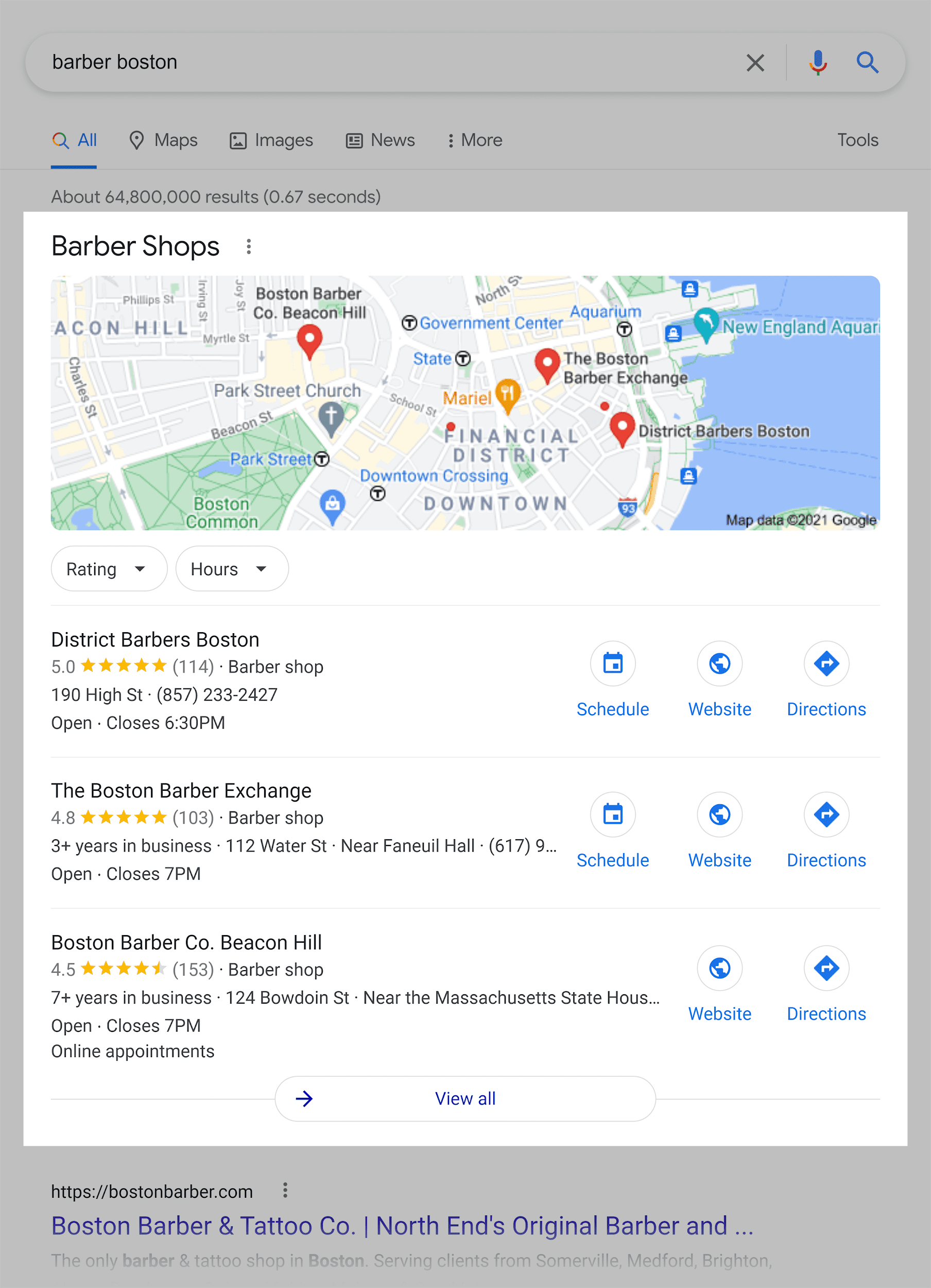
Here are all the organic results beneath that:
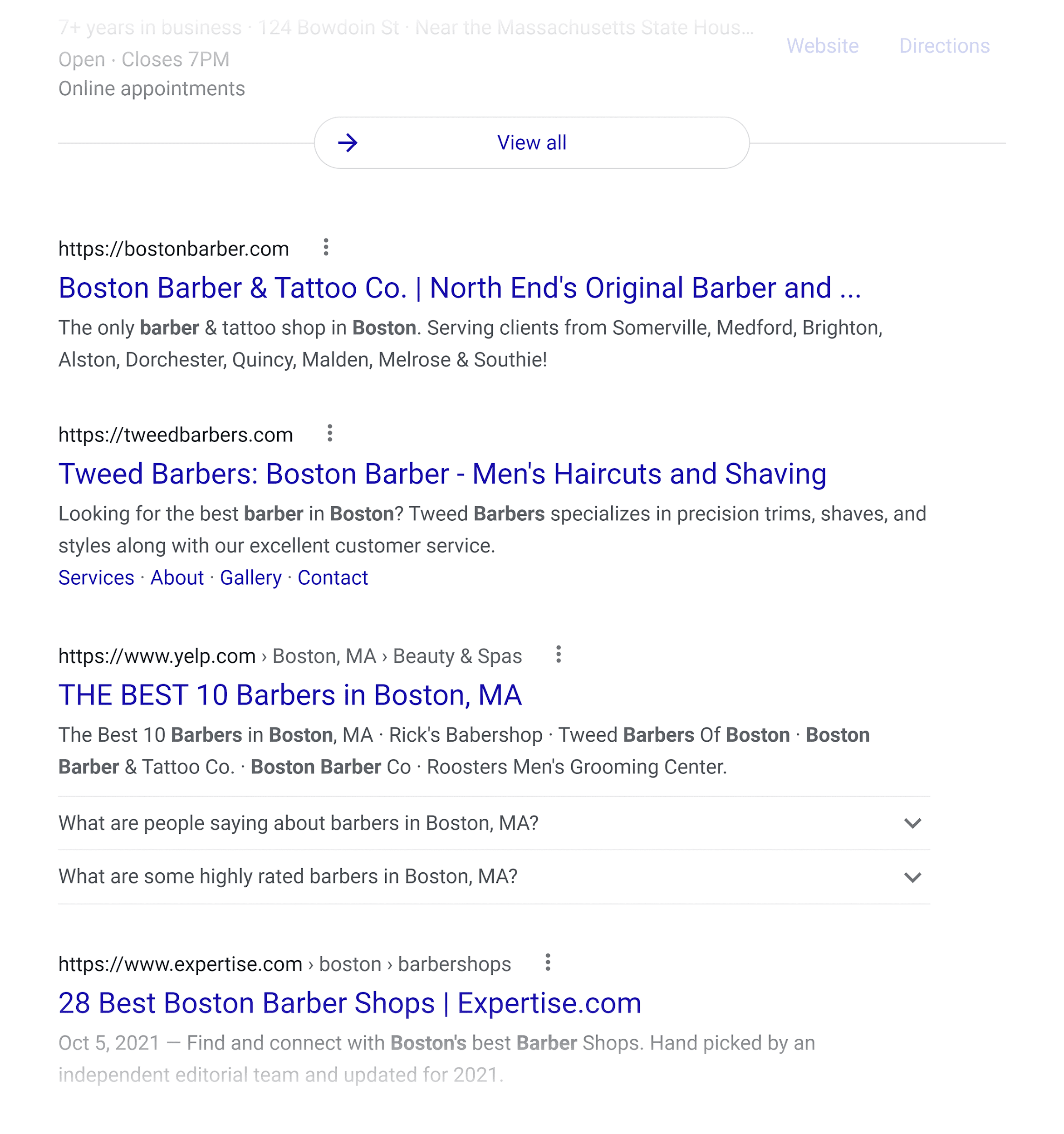
Google map pack has a different set of algorithmic magic with its own set of rules.
E-A-T Implementation
Demonstrating Expertise, Authoritativeness, and Trustworthiness becomes increasingly crucial, particularly for YMYL (Your Money Your Life) sites. Organizations struggle to establish credible digital authority through proper content attribution and expert verification.
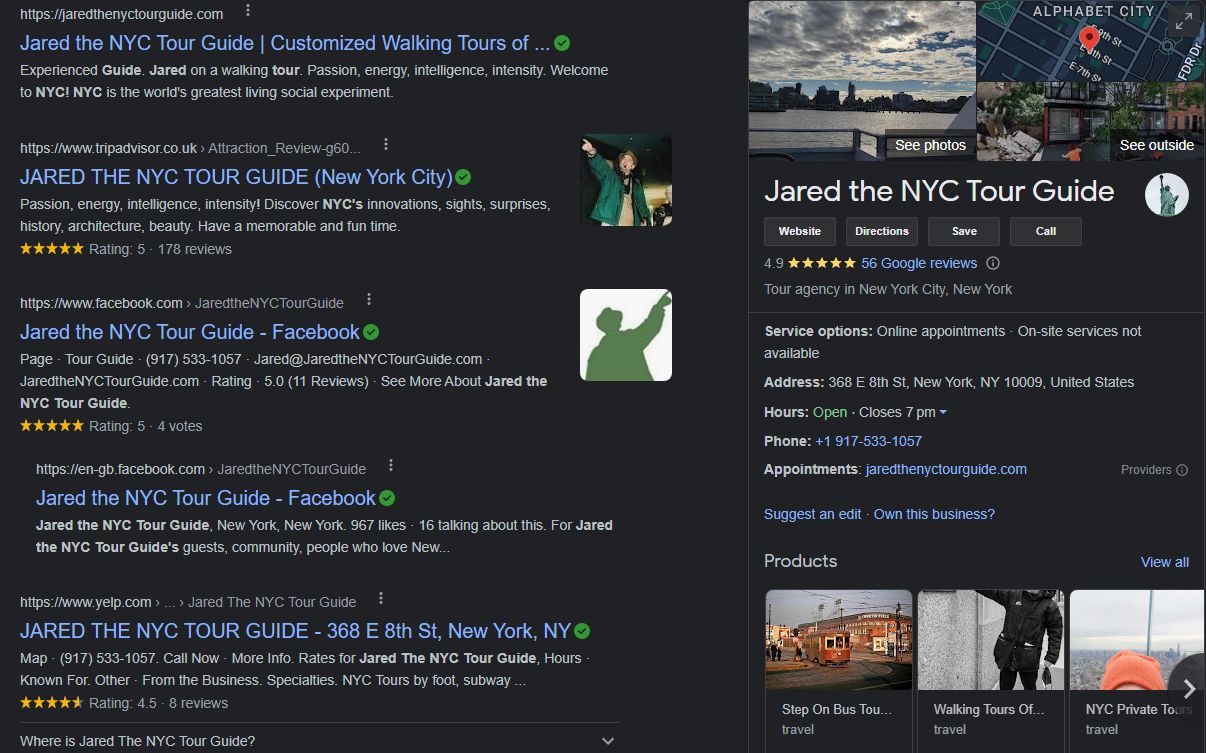
One way to implement E-A-T through increasing domain authority.
Another manner in which to grow search engine rankings by growing authority is to share your content consistently on social media.
Domain authority can increase branded queries. The branded volume is a direct measure of your site’s authority when users when searching your business add one more keyword to your brand name increasing its search presence online. A wikipedia page also signals brand authority.
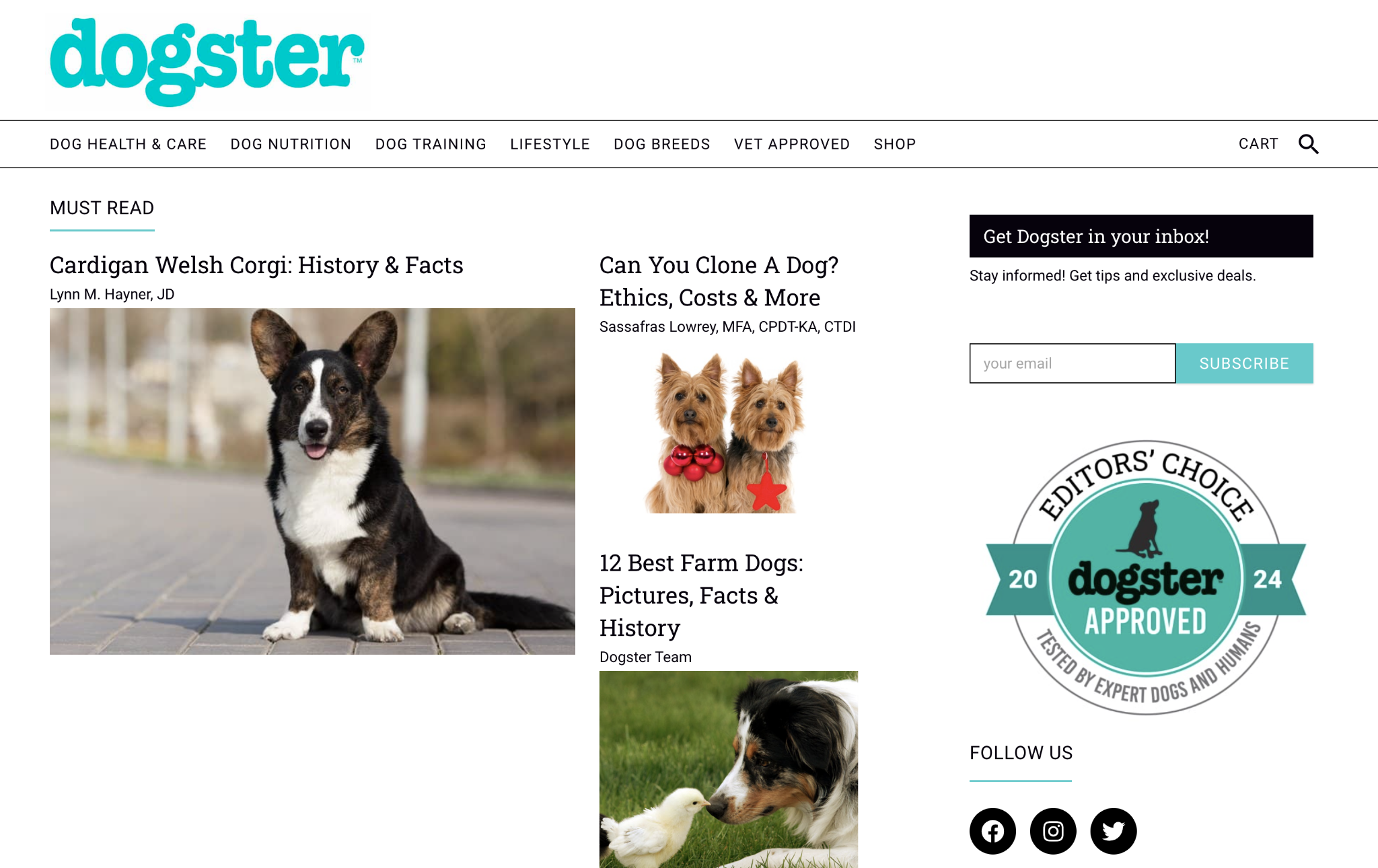
Trustworthiness
The final piece is trustworthiness. When people are talking positively about you that makes you a trusted brand. Reviews on Facebook, Trustpilot, clutch and more help users trust your brand more.
Remember you can’t make everyone happy and you will get some negativity as well. We also recommend addressing and solving the issues on your own.
User Experience Metrics
Core Web Vitals and other UX signals directly impact rankings. Balancing optimal user experience with other SEO requirements presents ongoing challenges:
- Reducing Cumulative Layout Shift
- Improving First Input Delay
- Optimizing Largest Contentful Paint
- Maintaining site speed while adding features
According to Google’s search guidelines:
Google Search Central’s guidelines state that a page’s experience is clubbed under the following criteria
- Do pages come with good core web vitals
- Are pages served securely
- The content displays well on mobiles and desktop devices
- Does content have many ads that distract focus for the person
- Do pages have interstitial ads
- How easily do visitors navigate or locate the main content
- Is the page designed well for users to distinguish main content on the page
Google’s helpful content guidelines point out that site owners should focus on providing an overall great page experience.
What Is the Role of UX in SEO
SEO and UX are married to create sites that cater to user needs. WHen evaluating a site’s performance, search engines focus not just on technical aspects they also monitor site interactions to understand user experience better.
You need to understand load speed, mobile indexing, UX and aesthetics.
Page Load Speed
Core web vitals states that page speed is an important factor. If a site loads after 100 mili seconds it doesn’t meet good UX guidelines.
There are several design-centric and technical best practices to adhere to:
- Optimize Code: Minimize CSS, javascript, and html that speeds up the site
- Optimize Images: Reduce the size or clarity of images just enough to expedite load speed without sacrificing quality.
- Lazy Loading: A web design that postpones page speed loading until they are absolutely needed.
AI and Machine Learning Impact
Search engines’ advanced AI capabilities require SEO strategies to evolve. Traditional keyword optimization gives way to topic clustering and intent matching. Understanding and adapting to these AI-driven changes requires significant resource investment.
Competition and Market Saturation
Established markets face intense competition for top rankings. Breaking through requires substantial investment in content, technical optimization, and link building. Small businesses particularly struggle to compete against larger competitors’ SEO budgets.
Strategy Implementation
Technical Optimization
- Implemented dynamic XML sitemaps for flight routes
- Reduced page load time to 1.8s through image optimization and caching
- Created AMP versions of key landing pages
- Fixed duplicate content issues across 15,000+ route pages
Content Enhancement
- Developed unique descriptions for top 500 flight routes
- Created city guides with flight booking integration
- Implemented structured data for flight prices and availability
- Added user-generated content through traveler reviews
User Experience
- Simplified booking flow from 5 steps to 3
- Added price comparison calendar
- Implemented real-time seat availability
- Enhanced mobile responsiveness
Results (6 Months)
- Organic traffic increased 127%
- Conversion rate improved to 4.8%
- Average position 2.3 for target keywords
- Mobile conversions up 156%
- ROI: 312% increase in organic booking revenue
Key Learnings
- Route-specific landing pages with unique content drove 68% of conversion growth
- Mobile optimization resulted in 2.1x higher engagement
- Structured data implementation led to 85% more rich snippets
- User-generated content improved dwell time by 2.3x

